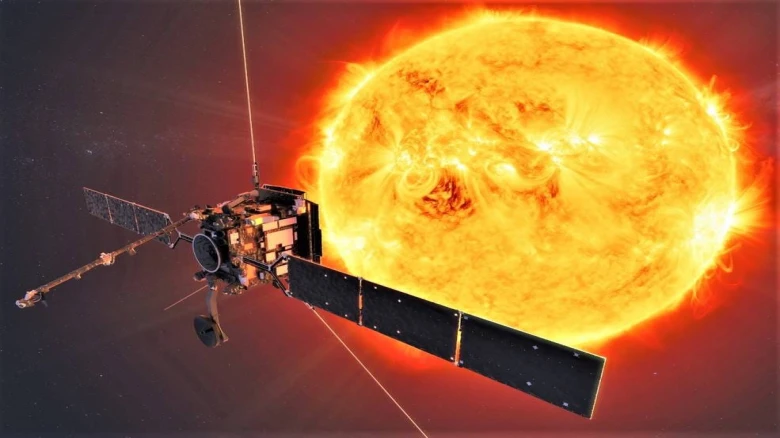Regional

Aditya-L1 solar mission to reveal Sun's mysteries and climate impact...
Digital Desk: In a pioneering endeavor poised to shed light on the past, present, and future of the sun, India's space agency, ISRO, is all set to launch its first solar mission, Aditya-L1, on September 2. This ambitious mission is expected to yield invaluable data that could reshape our understanding of solar phenomena and potentially forecast climatic changes on Earth for decades and even centuries to come.
Aditya-L1 will journey to the First Lagrangian point, a staggering 1.5 million kilometers from Earth, from where it will transmit a wealth of data, much of which will be accessible to the global scientific community for the very first time. Leading solar physicist, Professor Dipankar Banerjee, a member of the team that conceptualized this mission over a decade ago, emphasizes the paramount importance of this endeavor: "Our existence and life on Earth are fundamentally reliant on the Sun, our nearest star, as all energy originates from it. It is crucial to understand whether the Sun will continue emitting its current radiation or undergo changes. A shift in the Sun's energy output could have profound implications for our climate."
The mission's primary objective is to provide long-term monitoring of the Sun from the Lagrangian point, offering a hitherto unseen perspective on the Sun's history. Scientists have observed an 11-year cycle of magnetic activity in the Sun, known as the solar cycle, which occasionally leads to violent disturbances in the solar atmosphere, known as solar storms. These storms can impact satellites and even affect other celestial bodies like the Moon. Aditya-L1 will enhance space weather prediction, critical for safeguarding assets in space.
Moreover, solar activities influence Earth's climate, yet many aspects of this relationship remain enigmatic. "There have been numerous ice ages on Earth, and the Sun's role in their occurrence is still not fully comprehended," notes Banerjee. Aditya-L1 aims to estimate the magnetic field in the Sun's corona, study the near-ultraviolet flux from the Sun, and explore various properties of the solar wind, all for the first time from a space platform.
Ground-based telescopes will work in tandem with Aditya-L1's instruments to comprehensively monitor solar activities. Observations from these telescopes will combine with Aditya's data to provide a holistic understanding of solar phenomena, particularly solar storms, enhancing our ability to predict and mitigate their impacts.
Aditya-L1's launch marks a significant milestone for India's astrophysics and solar physics community. The mission's ability to collect unprecedented data from both space and ground-based observations promises to revolutionize our knowledge of the Sun and its effects on Earth. As the countdown to the launch on September 2 begins, scientists worldwide eagerly anticipate the revelations that await, aiming to unravel the enigmatic history of our star and its profound influence on our planet.
Leave A Comment